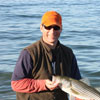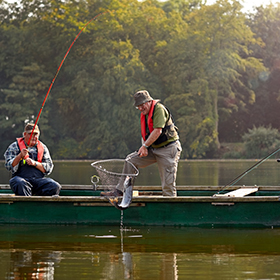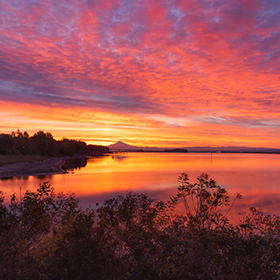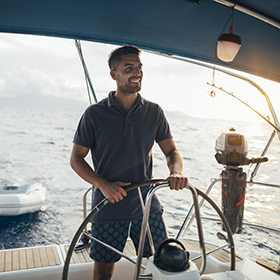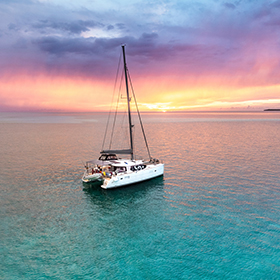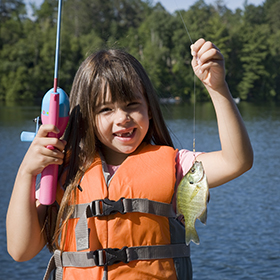In our wanderings we sometimes cross state lines.
In our wanderings we sometimes cross state lines. We might do it if we are fishing in a state that crosses boundaries. I think of the Connecticut River which I’ve fished a number of times in a variety of places. The headwaters are in Northern New Hampshire about 300 yards south of the Canadian boarder. It runs south for a while and on one side of the river is Vermont and New Hampshire is on the other. The river continues through Massachusetts and on down through Connecticut where it meets the ocean in Old Saybrook. From trout in the cold water to bass and pike in the warmer areas to striped bass and bluefish in the brine, there is no shortage of fish to catch. In my home area of New England there are quite a few rivers that cross state lines, and there are a lot of different species to catch. It’s that way in a lot of your areas, and I’m thinking of the Mighty Mississippi as a prime example.
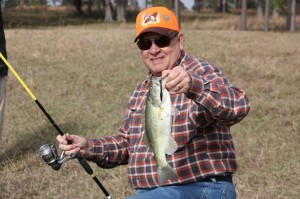
When you’re passing through state lines it’s important to be licensed in that state, too. I willingly buy licenses in other states, it’s the legal way to fish and a lot of the money goes into resources like fish stocking, habitat management/improvement and the like. Still, it can get to be an expensive habit, particularly since I’m buying a non-resident tag. So here’s an easy way to roll that will make you legal without breaking the bank.
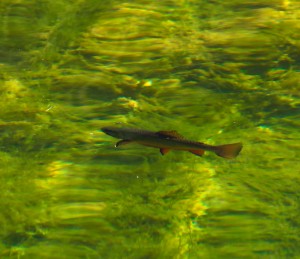
-
Get a general sense of how many days you’ll actually fish in your neighboring state. You may just fish during a particularly part of the season (like spring trout), you may just go for a weekend or for a week’s vacation or you may just go on a float trip that crosses the state line.
-
After you’ve determined your length of stay, look to see what other licensing options exist. Many states offer a variety of license options. Mine offers one day, three day, and seasonal licenses while Montana offers a one day, two day, 10 day, and seasonal license.
-
Plan your fishing trips and buy your license accordingly. Depending on your user profile, it sometimes may make sense to buy a series of one day licenses as opposed to a 10 day license. If you’re going to bounce back and forth you may want to splurge on the season tag. Check out some of the options here and get on with the planning!
-
Many charter boats, and particularly deep sea head boats, supply licenses for all anglers, so check with your captain to see if licenses are included.
-
Some states offer reciprocity. For example, good fishing spots on the Potomac River allow for VA and MD license holders to fish. The details are spelled out in the regs and can save anglers money.
For more licensing information click here.

